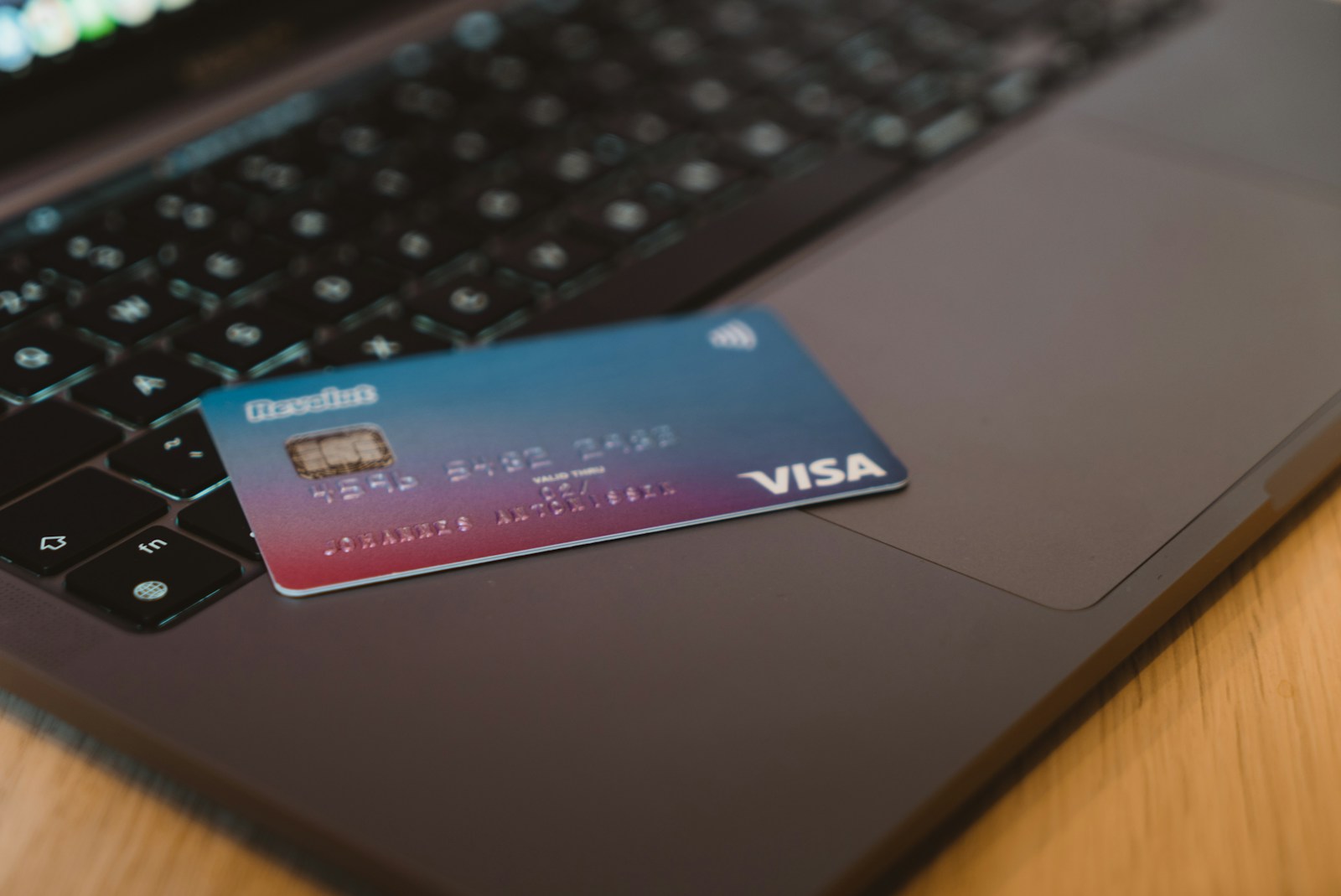Insider Brief
- Credit card fraud detection is a critical concern for financial institutions, representing billions of dollars of potential losses per year.
- Digital twins technology offers several advantages in fraud detection, including continuous monitoring and adaptive learning.
- Challenges — such as cost and complexity — remain before the system could be successfully implemented.
Credit card fraud is a major problem that, according to recent statistics, costs the global economy close to $25 billion. About 40% of reported card fraud losses occur in the United States, making it the most vulnerable country to credit theft.
The researchers report: “Fraudulent transactions can result in significant financial losses for both financial institutions and consumers, and they can damage the reputation of the financial services industry as a whole. The sensitive financial data involved in credit card transactions makes it a prime target for cybercriminals.”
Now, scientists suggest that digital twins may serve as powerful allies in the fight against credit card fraud.
The Howard University-led team of researchers report in the journal Future Generation Computer Systems that digital twin technology can significantly improve fraud detection accuracy, enhance real-time monitoring and refine predictive capabilities.
According to the researchers, a digital twin is a virtual representation or replica of a physical system, object, or process. When it comes to credit card fraud detection, digital twins create a detailed profile of each credit card user, capturing their spending patterns, transaction history, and other behavioral data. This comprehensive digital profile serves as a reference for analyzing real-time transactions, detecting anomalies, and identifying potential fraud.
How Digital Twins Aid Fraud Detection
The digital twins approach offers a few advantages, according to the researchers. First, the technology can allow financial institutions to develop a unique profile for each cardholder. This profile includes spending habits, transaction types, locations and frequency. By continuously monitoring real-time transactions against these profiles, the system can flag deviations that may indicate fraudulent activity. The system can also evaluate the risk associated with each transaction by comparing it to the user’s historical behavior and current activity. By creating a risk score, the financial institutions can create protocols to decide whether to approve, reject, or flag transactions for further verification.
Another critical advantage is adaptive learning — Digital twins adapt over time by learning from new data and feedback loops. The system refines its models based on confirmed fraud cases and legitimate transactions, improving its accuracy and effectiveness against evolving fraud tactics.
Boosted by machine learning algorithms, the researchers report that digital twins could also provide real-time alerts for suspicious transactions.
They write: “Anomaly detection algorithms within the digital twin analyze patterns in real-time data to identify deviations that may indicate potential fraud. ML models continuously assess transaction data to detect unusual patterns or behaviors. When potential fraud is detected, the system generates alerts or notifications to prompt immediate action. Alerts may include details of the suspicious transaction, such as transaction amount, location and user details.”
Advantages of Digital Twins in Fraud Detection
According to the researchers, digital twins can provide a host of advantages for financial firms, First, they suggest that digital twins provide real-time monitoring, enabling the identification and prevention of fraudulent transactions before they cause significant harm.
False positives in fraud detection occur when legitimate transactions are incorrectly flagged or classified as fraudulent. This causes a huge annoyance to customers. By tailoring fraud detection models to each cardholder, digital twins could also minimize the number of false positives, enhancing customer experience.
Another advantage is the system is its constant alert status. The digital twin system continuously analyzes transactions, allowing for proactive identification of fraud patterns and adaptation to emerging threats.
Finally, adaptive learning and feedback loops can refine the digital twin models, improving their accuracy in identifying and responding to fraudulent activities.
There are some limitations, the researchers report. Implementing digital twin technology in credit card fraud detection will present several challenges.
According to the team, there may be data security and privacy issues. Digital twins involve sensitive customer data, necessitating robust encryption and access control measures to prevent breaches and ensure compliance with data protection regulations.
Ensuring consistency, accuracy and real-time processing is crucial for effective fraud detection. However, integrating diverse data sets from various sources won’t be easy and maintaining the quality of those sets will be a complex task.
The researchers add that implementing and maintaining a digital twin system may be restricted to large corporates. The systems would require substantial resources, technical expertise and coordination across financial institutions to build and maintain digital twins credit card fraud detection systems.
The research team includes: Pushpita Chatterjee, Debashis Das and Danda B. Rawat.

















